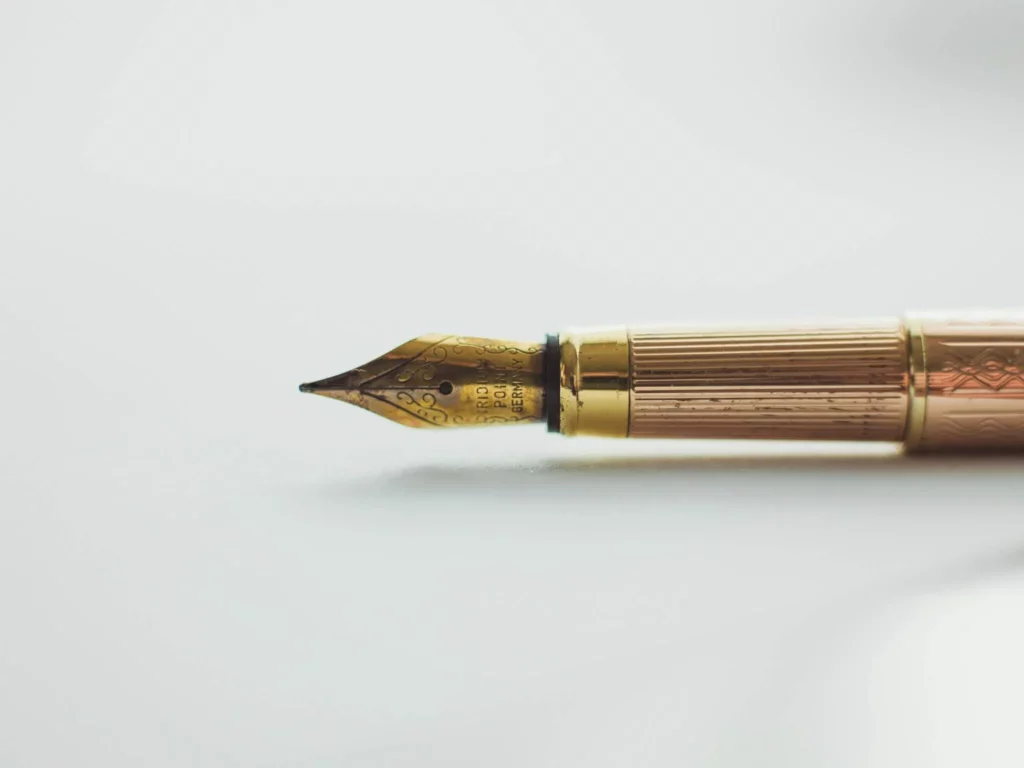Writing a compelling opening scene for a horror story is a thrilling challenge. It sets the mood and beckons your readers into the eerily uncanny world you’ve created. Let’s delve into some key considerations and techniques for crafting an unforgettable horror opening.
1. Setting the Stage: Art of Suspense
Initiate your story by describing an environment that engenders unease. Don’t reveal too much too quickly. Hint at the menace, making it lurk around the corners of your narrative. Portray the ordinary world with something sinister creeping just out of sight. This establishes a sense of dread, arousing curiosity in the reader about the lurking horror.

2.Grasp Attention: The Hook
- Open with a promising hook to draw your readers in, grant them a small taste of the engulfing terror – the ‘Monster’.
- Your first line should also raise questions in the reader’s mind, ground them in the situation, and indicate the identity of the central figures. A strong first line introduces the story, defines the voice, and offers a hint of characterization.
3. Characters: Central to the Horror
Take time developing your characters – they are the driving force of your tale. Reveal their motivations, and imply how these might conflict with the Monster’s motivations. Genuinely great horror uses characters’ desires against them. Having well-rounded characters helps your readers relate and enhances the terror when things go awry.

4. Initial Stir: Crafting the Inciting Incident
- Introduce an inciting incident that disrupts the normality and places your characters in the path of your Monster.
- This can be an accidental encounter or a deliberate choice. However, it should isolate them and build a sense of impending doom.
5. Fear Factor: Making the Monster Real
Your characters will initially encounter your Monster in some way. Their first brush with the terror should awaken them to the reality that their world holds more dangers than they believed, leading to further development of their internal lives and reactions.

6. The Turning Point: First Confrontation
The first confrontation determines a point-of-no-return for the character – the Monster is there, real, and they must face it. From here on, increase the tension, make the danger inescapable, and amplify the horror elements in your story.
7. The Final Confrontation
In the last quarter, prepare for the final face-off with the Monster. Your characters may find crucial information, leading to the climax, where they confront the Monster and their inner conflicts as well. The outcome may bring victory, failure, or a bit of both, but it will fundamentally change the remaining characters.

8. The Aftermath: Return to Ordinary
Following the climax, delve into the consequences, showcasing how the outcome transformed the characters or unleashed more evil. Despite the Monster’s apparent demise, it should leave a hint of its possible survival for more horrors yet to come.
Conclusions
Every horror scene differs, but a careful blend of these tips can enhance your craft. The intent is to create an atmosphere of horror and weave a chilling tale that keeps the readers engrossed. Writing an opening horror scene seems less daunting now, doesn’t it? Harness your fear, pen your imagination and let your horror saga begin!
